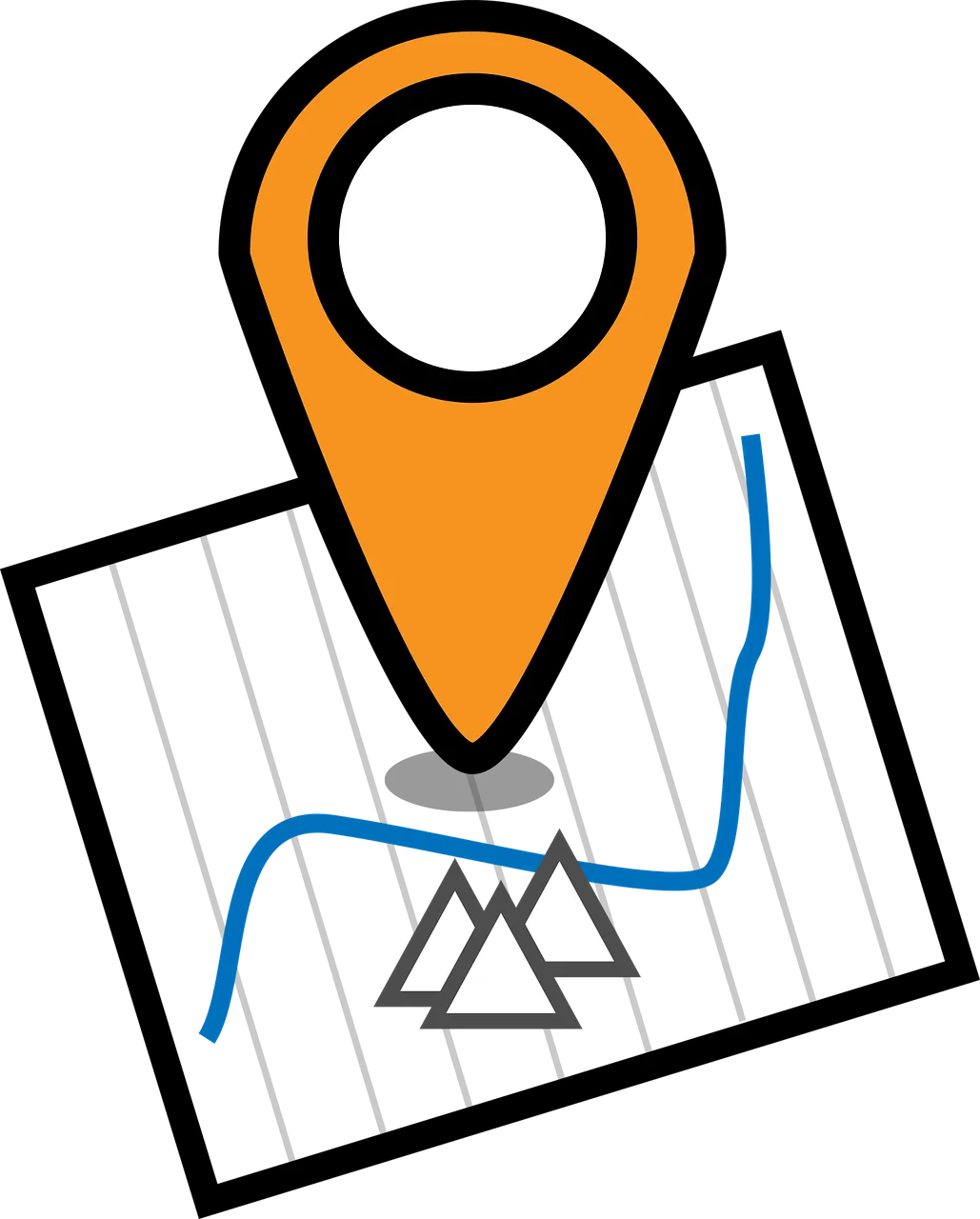Cryptocurrency Wallets
- The subject of wallets is a big one, but today I wanted to share two parts of my conceptual framework about wallets: place and control.
- I think when I learned about wallets they didn't make sense to me, but when I began to think about wallets in terms of a place and control, it all made sense.

Place: a wallet is a place, not a thing
- First think of a wallet as a place, not a thing.
*A cryptocurrency wallet on a blockchain, is a blockchain specific location, which has an address. That address is called a PUBLIC KEY, but I think it's useful to think of it as an ADDRESS. - So it's kind of like a house or an apartment? Yes.
- So think of a wallet as a place or address where cryptocurrency may live. And that place has a PUBLIC KEY or address.
Sending cryptocurrency
- If people want to send crypto to that place, they use the PUBLIC KEY .
- This is the same as if you were sending a letter to a friend, you would use their address, and in the digital world you would use their email address.
- This is because you want the letter or email to end up at a specific PLACE or LOCATION.
- So when you send someone cryptocurrency, you send it to a PLACE or location, which is identified by it's address or PUBLIC KEY. And in this case that PLACE or location is a WALLET, and the wallet address is the PUBLIC KEY.
Control: Next I want you to think of a wallet in terms of control.
- A wallet is a PLACE or location, which has an address or PUBLIC KEY, which is controlled by a KEY, which is called the PRIVATE KEY.
- A wallet has a KEY just like your apartment or house.
- What does the PRIVATE KEY control? It controls the cryptocurrency at the wallet location or PLACE. If a wallet is YOUR WALLET, you control the wallet or place IF you possess the PRIVATE KEY. Because the PRIVATE KEY controls this PLACE or location. The PRIVATE KEY controls the cryptocurrency at this location or PLACE.
Lose your PRIVATE KEY, LOSE CONTROL
- Its important to understand that when someone sends you cryptocurrency for any reason, they use your wallet PUBLIC KEY as the location or address to send it to, and they use their PRIVATE KEY to CONTROL the cryptocurrency in their wallet. This PRIVATE KEY gives them control over the cryptocurrency in their wallet.
If they lose the PRIVATE KEY they lose control over the cryptocurrency in their wallet. Once that happens they can no longer move the cryptocurrency and it is common to say the cryptocurrency has been lost, but in actuality, it is not lost, but you have no CONTROL over it. (Sad Face)
NOT YOUR KEY, NOT YOUR CRYPTO
- The next thing which is important to understand is that once you use your PRIVATE KEY to transfer your cryptocurrency to another walllet which you don't CONTROL, which means you don't posess the PRIVATE KEY controlling that location, you no longer control that cryptocurrency.
- So once you transfer your cryptocurrency to an exchange like Binance or Bittrax or Coinbase, you are transferring your cryptocurrency from a PLACE your wallet, which you control, to a PLACE like Coinbases wallet, which you don't control. Only Coinbase controls it, and Coinbase controls that PLACE, their wallet, with their PRIVATE KEY.
- So you lose control, and Coinbase now can tell you when you can get your cryptocurrency back, and how much you can get at a time. It's frustrating because it's your cryptocurrency, and you would like to do whatever you want with it, and whenever you want to do it. But you have lost control over that cryptocurrency because it is at a location you don't control.
sad face
- This is why Cryptocurrency Enthusiast say Not your Key, not your crypto
I think that is a enough to absorb in one reading, so I will stop here. If you have questions or comments please leave a reply. If you though this was valuable please share by reblogging.
